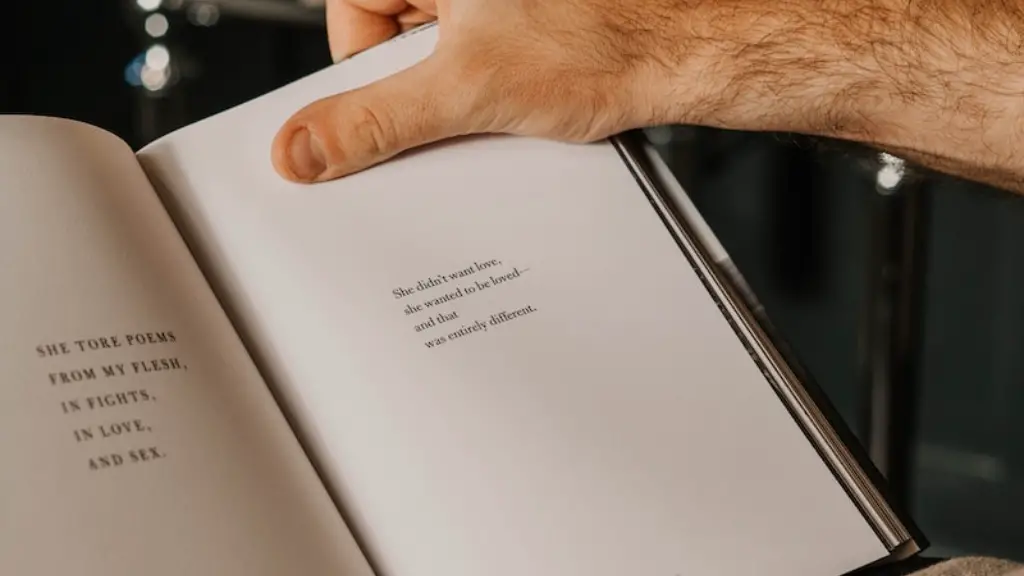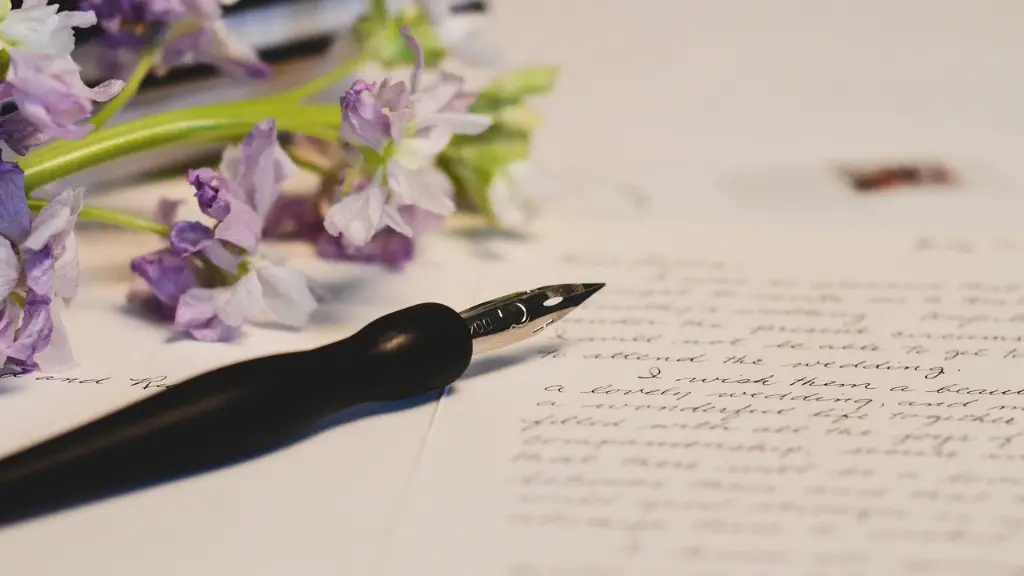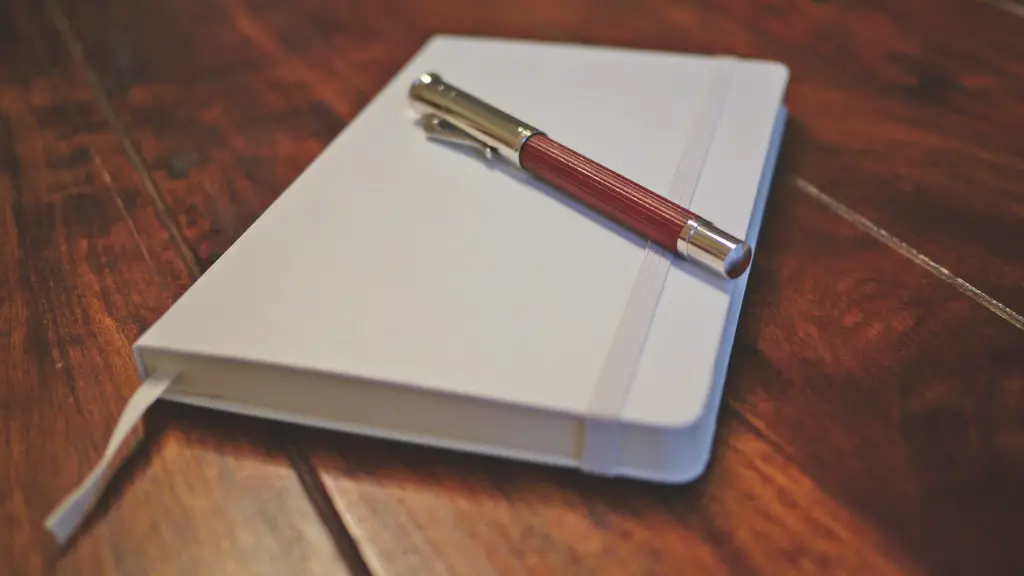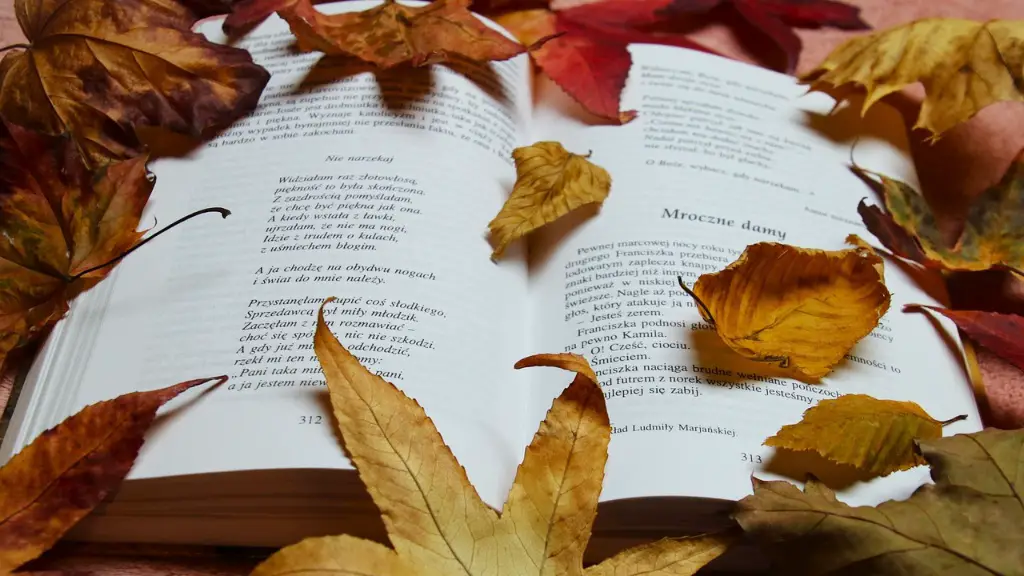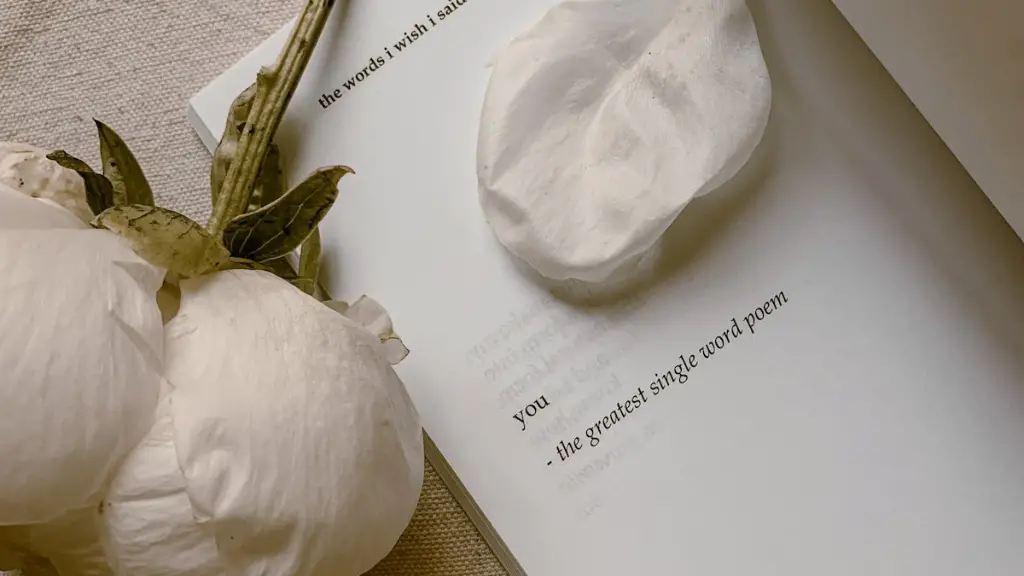What does line mean in poetry?
The line plays a central role in poetry, providing a structure and form within which to develop ideas, explore language and create moods. Lines, and the way they are composed and structured, can have a great deal of meaning and significance within a poem – so much so that they can become a poem’s defining feature.
For many, poetry is all about the line; it is the unit of language in which the poem is composed, and therefore the length, texture and structure of a line can powerfully shape a poem’s form and meaning. For example, a poem may be constructed of a series of short lines or a continuous unbroken one. It may also be composed in various combinations of long and short lines or a mix of variables. In these examples, the line serves as a way of defining the poem’s structure, an effective visual expression of the poem’s themes.
To understand the significance of lines in poetry, it is necessary to consider how they are composed and structured. For example, the amount of words in a line and how they are arranged can lead to rhythmic patterns. This process is known as enjambment, where lines are composed with a break at the end that leads to the next line. This can lead to an emphasis on certain words or ideas, as well as a sense of flowing motion through a poem.
At the same time, a poem can be composed of rhyming lines. This technique is used to create an emphasis on certain words or ideas. Rhymes have the ability to bind a poem together, making it easier to comprehend, and they can be used to link different parts of a poem, creating a more cohesive structure.
Another way of creating lines is through verse. For example, a poem may be composed in a certain pattern of syllables, such as in iambic pentameter. This relates to the way words are counted and placed rhythmically, and it can be used to create a consistent structure within a poem. It can also be used to create a regular pattern of beats and pauses, providing a unique rhythm throughout the poem.
Finally, the line can be used to create a distinct emotional tone within a poem. For example, the length of the line can indicate a particular emotional quality. Longer lines can create a feeling of spaciousness and stretched out emotions, whereas shorter lines can create intensity and evocative energy. Through such devices, the line can be used to express a wide range of feelings, from sadness to joy.
Word Choice
The words chosen to create a line in poetry can be powerful and meaningful. Favoring certain words or phrases can create an emphasis and can lead to beautiful and meaningful poetry. For example, words can be arranged to create an image in the reader’s mind, drawing attention to certain ideas or feelings. Repetition can also be used to emphasize certain words or phrases, which can lead to a deeper understanding of the poem.
As well, the words chosen can be used to create a sense of rhythm within a line. This can lead to unique sounds being created as the poem is read aloud. This type of rhythm can be highly effective in conveying meaning within a poem. In addition, varying the type of words used in a poem can create a visual effect, allowing the reader to see the arrangement of words in a line, and thus forming a more complete understanding of the poem.
How Lines Impact Poems
The way in which lines are used in poetry can have a powerful impact on the overall effect of a poem. The line can be used to determine the pace and mood, as well as create a unique structure that allows the poem to take a particular shape. Through the line, a poem can be organized and crafted in order to explore a deeper level of meaning and emotion.
The line also creates a connection between words and ideas within a poem. By focusing on particular units of language, such as words or syllables, a poet can explore concepts and ideas in a deeper, more meaningful way. This can be a powerful tool in conveying complex emotions and creating an effective form and structure.
The line, then, can be seen as the fundamental building block of poetry. By understanding how to utilize lines in the creation of poetry, a poet can create effective and meaningful works of art.
How Lines Affect Meter
The length of the line, as well as the rhythm created by words and syllables, can have a strong effect on the meter of a poem. Through the use of different types of meters, such as iambic pentameter, trochaic meter and anapestic meter, a poet can create a unique pattern of beats and pauses within a line. This helps to provide a structure and order within the poem, creating an effective and harmonious sound.
This is particularly true when it comes to the creation of musicality in poetry. The use of meters and rhythmic patterns can help to create a harmonious sound and flow to the poem. In addition, particular notes and sounds can be highlighted, as well as unique sounds being created. This creates a unique experience for the poem, and can give it a heightened level of emotion and power.
The line, then, is a critical element in the creation of poetry. The way in which the line is composed and structured can have a powerful effect on the overall poem, shaping its form and meaning. The line can be used to create rhythm, structure and emotion within a poem, providing a strong foundation for the poet to explore language, ideas and emotions.
Understanding the Role of Line Breaks
Line breaks are a subtle yet powerful element of a poem. They create a pause in between lines, which can then lead to an emphasis on certain words or ideas. Line breaks also create a visual effect, allowing the reader to see the arrangement of words in a line. These factors can lead to a stronger sense of form and meaning in a poem.
The use of enjambment, or running over a line, can also create a sense of motion, allowing the reader to experience the flow of a poem. This technique is useful in establishing a theme or idea in a poem, as the words and ideas of a line can be linked to the words and ideas of the next. This type of effect can create a stronger sense of connection between words and ideas.
By understanding the relationship between lines and line breaks in a poem, a poet can create a unique experience for the reader. This type of effect can be used to emphasize certain words or ideas, as well as to explore the different nuances and meanings in a poem. The line break is a subtle yet significant element in a poem, and it can lead to a more powerful expression and experience.
Conclusion
The line is a central element in poetry, providing the poet with a powerful tool for conveying meaning and emotion. The way in which lines are composed, structured and arranged can have a great deal of meaning and impact, allowing the reader to experience the poem in a deeper and more meaningful way. By understanding how to utilize lines and line breaks in poetry, a poet can create effective and meaningful works of art.
